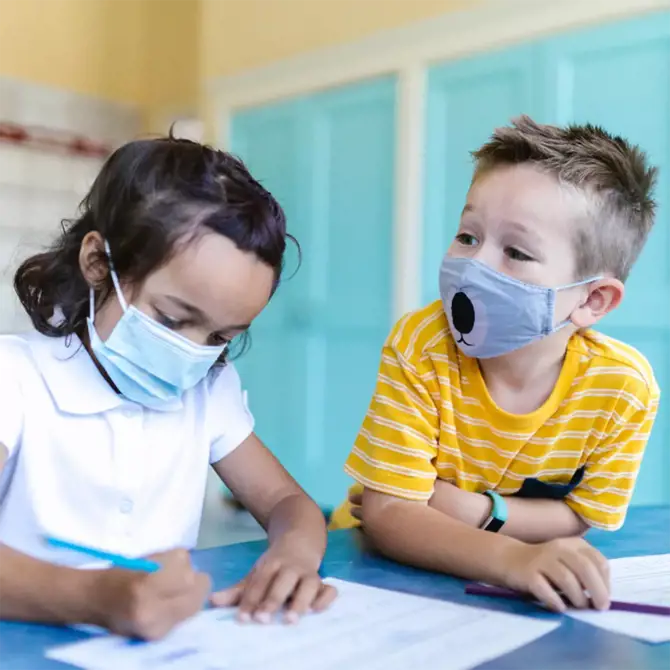Seeing the progression of the fourth wave and the current occurrences of COVID-19 outbreaks, I decided to bring up the topic of COVID-19 transmission in schools.
In Quebec, our national institute of public health (INSPQ) is nothing to laugh at. They kept track of all outbreaks ever since the beginning of the pandemic and do an amazing job of giving free access to that data. What’s particularly interesting is when you look at occurrences of COVID outbreaks in Quebec; most COVID-19 cases are reported mainly in 3 types of environments: workplaces, healthcare and long-term care facilities, and schools1.
Many people have already covered that SARS-CoV-2 is airborne (Justin Morgenstern MD did a pretty good review on this topic)2. The fact that outbreaks occur in these above-mentioned environments is yet but another cue in favor of airborne transmission, as these are all indoor spaces. Furthermore, schools in Quebec are not known for their state-of-the-art ventilation systems; most of them are old and weren’t built with centralized ventilation and heating systems. Many of the workplaces where outbreak occurs also have inexistent, derelict or underperforming ventilation systems.
Also, most health instances around the world have recognized that ventilation plays a role in SARS-CoV-2 transmission, and that transmission risk is higher in indoor spaces. Thus, ventilation and indoor air quality are most definitely critical to reduce the risk of exposure in indoor spaces.
Here is an interesting report of the impact of various public health measures that were implemented in different Georgian schools at the end of last year (Nov-Dec 2020).
The results of the reports demonstrated that ventilation strategies are associated with a lower incidence of COVID-19 cases in K5 schools (kindergarten to grade 5). Additionally, utilizing air filtration/air disinfection portable devices, equipped with either/or HEPA filtration and UVGI (Ultraviolet Germicidal Irradiation) is also associated with a decreased incidence in COVID-19 cases compared to school without such systems. Combination of ventilation and air purification has been associated with a whopping 48% reduction of the incidence of COVID-19(!).
I’d say that these results are eloquent in demonstrating that ventilation, but also air disinfection, are effective measures to reduce the risk of COVID transmission in indoor spaces.
Considering that Sanuvox units have been shown to effectively deactivate SARS-CoV-2 (as UVGI is effective against any biological pathogens), it is questionable that such an easy risk mitigation measure is still doubted to be effective. Especially since the INSPQ has recommended the use air purification devices to prevent tuberculosis in indoor spaces3, which has undoubtedly been shown to be an airborne-transmitted disease…
